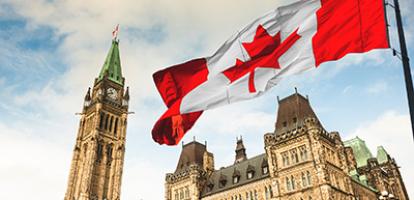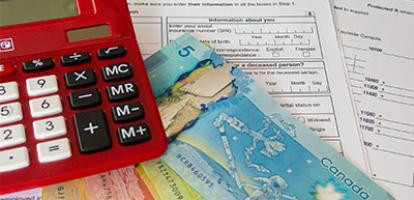Published in The Globe and Mail.
Two years ago, the federal government made a surprising decision to cease issuing Real Return Bonds (RRBs) – the government of Canada bonds that are indexed to the Consumer Price Index. It justified cancelling new issues of RRBs with the argument that there was not enough demand for them. Yet RRBs are a valuable tool for investors to protect themselves from inflation and for the government to contain the cost of its debt. This is why it’s time to reverse this decision and bring RRBs back to the market even bigger and better than before.
RRBs are unique. Their principal increases with the price level, meaning that whether inflation is 2 per cent – in line with the current commitment of the Canadian government and the Bank of Canada – or some higher or lower percentage, the real value of the bond and its coupon payments to bondholders and the government does not change. For savers, this protection is invaluable. As the surge of inflation after 2021 reminded Canadians, getting repaid in currency that has lost its value is a huge threat to well-being.
For a government that is serious about its inflation target, RRBs can lower the cost of servicing debt. Even if payments do go up with inflation, the cost for the government will still be lower than for ordinary bonds. That’s because investors will pay a premium – accept a lower yield – for the protection RRBs offer against inflation. The interest rate on ordinary, nominal-return bonds may even be lower if investors see the government’s issue of RRBs as signalling its commitment to the inflation target.
So why did the government argue that demand for RRBs was too low to justify issuing more of them?
Perversely, the government’s own approach to RRBs – issuing relatively small amounts and in only one maturity – meant that the market for RRBs was very thin, which reduced their attractiveness. Instead of issuing enough RRBs to promote a liquid market, in which potential buyers and sellers could be confident of being able to trade, or providing a mix of maturities to suit the needs of different investors, or even creating a retail RRB that individual Canadians could hold in their RRSPs, the government issued only 30-year RRBs, and in such small amounts that only a handful of pension funds, insurance companies and other institutional investors was able to get them.
A survey of Canada’s main institutional investors, managing more than $2.4-trillion in assets, conducted by the C.D. Howe Institute revealed strong opposition to the cancellation, and enthusiasm for a larger, improved RRB program.
The government might have soured on RRBs during the period when it was issuing relatively little debt, which thinned the market for many bonds, including RRBs, and when inflation tended to be below target, which reduced investors’ enthusiasm for RRBs’ protection from inflation. But today’s circumstances are far different – the federal government has been a chronic large borrower for years, and inflation has run well above target. Now would be a good time for the government to diversify its borrowing, and underline its commitment to getting inflation back to 2 per cent and keeping it there.
A new, improved RRB program could be more than just larger issues of the 30-year bonds. The government could introduce a variety of maturities, such as a 10-year RRB. This diversity would not only allow financial institutions to offer more inflation-protected products but also enable the Bank of Canada to compare nominal and real yields across a broader range of maturities, providing information that can help it achieve its inflation target.
The government could improve the market in other ways. Instead of the single-price auctions it used for RRBs in the past, it could go to multiple-price auctions like those it uses for other bonds. If it is nervous about low demand, it could protect itself from a failed auction by launching new RRBs through syndication. It should talk to pension funds, insurers, workers’ compensation boards and other institutions that provide inflation protection to individual Canadians to find out what they need and how to ensure that this valuable asset is available to more.
A look around the world confirms the viability and value of RRBs. Many other countries, including Britain, Sweden, France, Italy and the United States – whose inflation-linked bonds are finding their way into the portfolios of many Canadian investors – have issued proportionally more inflation-linked debt, and have promoted liquid markets with lots of investor demand. Canada can, and should, do the same. The federal government should bring RRBs back.
Bill Robson is president and chief executive officer, and Alex Laurin is director of research, of the C.D. Howe Institute. They recently co-authored a study calling for the return of Real Return Bonds.





